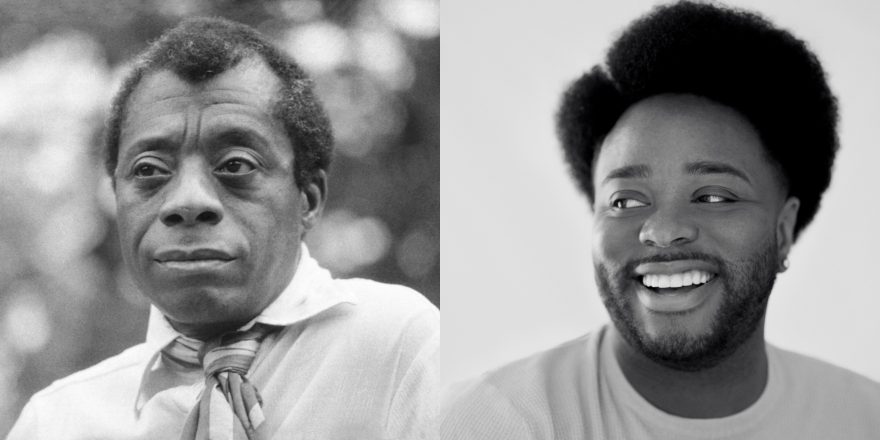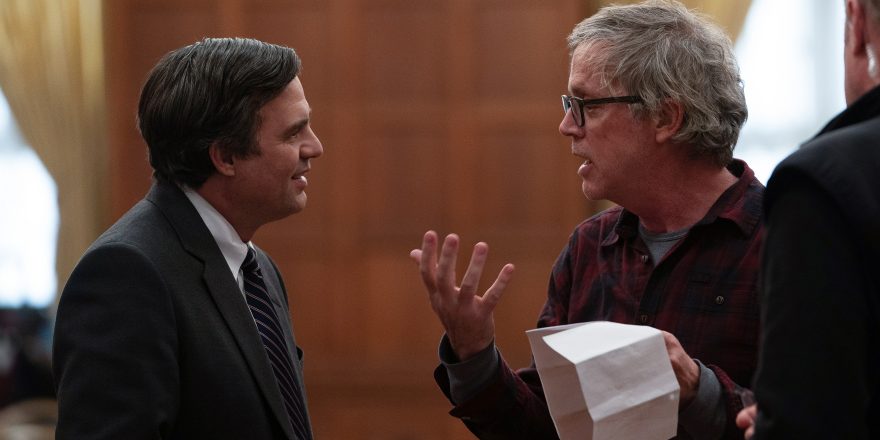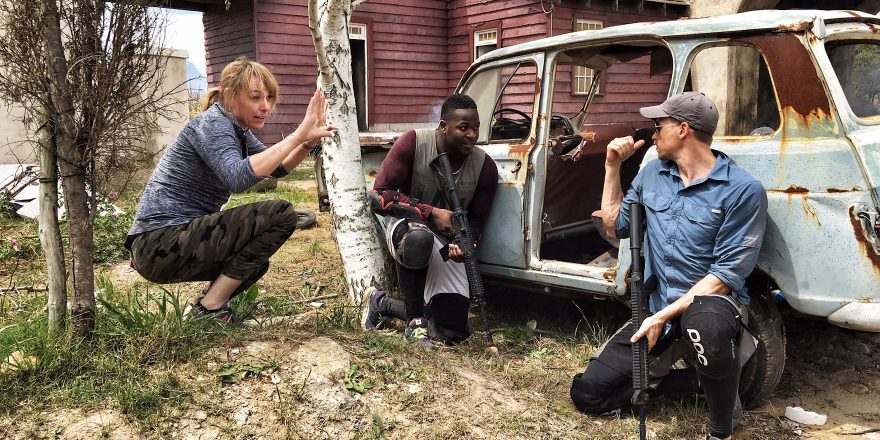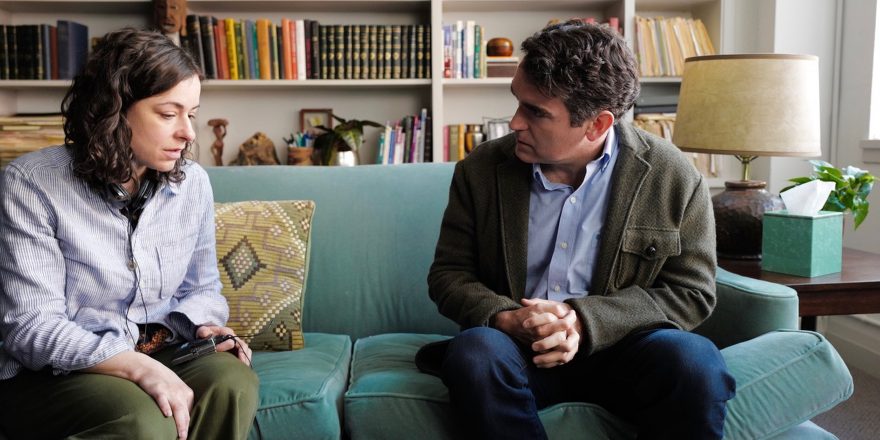In the ’90s, most kids were fixated with their favorite Saturday morning cartoons or the latest fad manufactured by toy companies that usually left their parents’ bank account a tad emptier than before, but not me. As a young kid, I was obsessed with writing stories and using my stepfather’s RCA camcorder to film what I thought would be the next big movie. I grew up in a modest home in Compton, California, but for a bit of time, my family lived in Hollywood, on a street called Willoughby. This street was neat because it was very close to Paramount Pictures. Growing up I didn’t know exactly what happened behind the giant gate, but oh, how I dreamed.
Growing up, I had no shortage of company – I had friends in grade school and lived in a household with five siblings, my mother, and stepfather – but even still, when I wasn’t forcing my filmmaking obsession on those around me, I was spending a lot of time alone. Just me and my filmmaking dreams. I would walk through the alleyways and pretend I was a sought-after movie star from the Golden Age of Hollywood or one of Michael Jackson’s backup dancers in the “Thriller” or “Scream” music videos, and more often than not I would end up on a curb across from Paramount’s backlot, waiting to see a big movie star arrive. Sometimes I would walk down Melrose Blvd. and admire all of the giant movie posters plastered along the sound stage walls. While I can’t recall which stars I saw, I do remember beginning to feel that my dreams were just that – dreams.
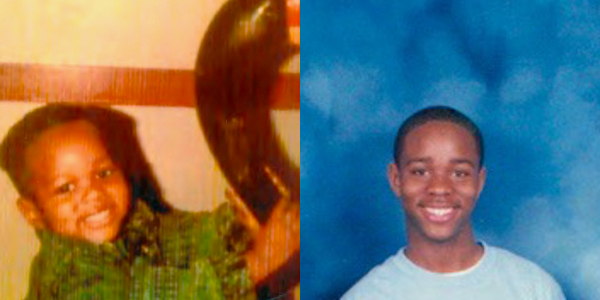
When watching people who I assume were producers, directors, and actors drive in and out of the famous backlot, I was constantly reminded that they did not look like me or act like me. No matter how hard I tried, I couldn’t see myself in any of the movies that I excitedly watched at the Arclight theater on Sunset Blvd., or in any of the leading men or women in my favorite stories. From the years 1992 through 1997, Martin Lawrence starred in and produced one of the best shows to ever air, Martin, but although the show was made of up of an entirely Black cast, I still didn’t see me. Yes, I’m Black, but I was discovering my queerness, and there was no one reflecting my mincing sway or taste on that show or others like it, outside of over-the-top caricatures that I knew weren’t grounded in reality.
I knew I existed in the world, but oftentimes I sat in puzzlement at the lack of what we would now call “representation.” Back then, I didn’t know the word for it and felt too ashamed to address this issue with anyone in my life, because I felt they simply wouldn’t get it. Like many people who feel “different” or on the outside, I was also ashamed. I was ashamed to be queer; my Blackness wouldn’t allow it. Most of life up to that point was spent trying to pass as the opposite of how everyone actually saw me. I felt like if I or my community couldn’t except me, surely Hollywood wouldn’t either. Even though I was so close to where I believed my dreams lay, it felt much further when faced with the realities of the industry. I shifted interest and found solace in my visits to the public library in my neighborhood. I hung out there so much that I became super friendly with a librarian I thought of as the female Luther Vandross. (I say that because she had broad shoulders, wore ugly sweaters, had the same shape face as Luther, put the “Curl” in S-Curl and would sing random songs to herself while moving about her domain of a million stories.) She had this warm and inviting energy about her, which made me feel welcomed and unguarded – she made me feel safe to be me. One day, after not finding a copy of Stephen King’s Misery, I needed someone to pout to. After she assured me the book would be available soon enough, I shared with her that I’d once wanted to act, write screenplays, and even direct them one day. I explained that I’d abandoned that dream because I didn’t see it happening for me in my lifetime, and that’s when she introduced me to James Baldwin.
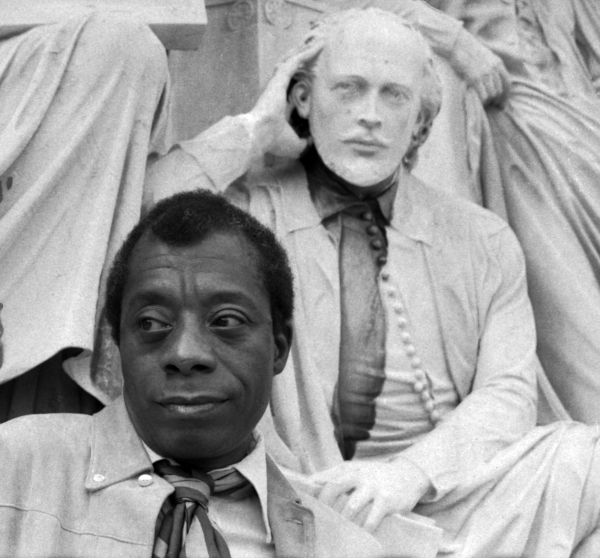
Naturally, I resisted anything an adult suggested I would like because, like most teenagers, I thought I knew everything, but I eventually gave in. The first thing I read by Baldwin was Go Tell It on the Mountain, his 1953 novel about a young Black boy finding himself, featuring allusions to his sexuality. I found myself pressing the book to my chest as I beamed with joy. I remember feeling like I had come across a buried treasure – something that I wasn’t supposed to have or discover. The connection I had to his story, his words, the rhythm – it felt like I was reunited with my lost DNA. “Folks can change their ways much as they want to. But I don’t care how many times you change your ways, what’s in you is in you, and it’s got to come out,” wrote Baldwin, awakening something in me that reignited my ability to dream. Those words still read like poetry to me.
The second piece of work I read was Giovanni’s Room, which scared the shit out of me because it was the first time I had read anything that centered on queer love. Here I was reading work by a Black queer man, who through stories was telling me it was OK to love and to exist in spaces that were reserved for the total opposite of whoever and whatever I was. For the first time in my life, I saw myself in a medium that I respected, loved, and craved to be a part of. It changed me.
From that moment on I couldn’t stop revisiting the first two novels, but eventually also experienced Another Country and If Beale Street Could Talk. Through his intersectional view of class, cultural context, gender and sexuality, Baldwin became more than just a queer man, or a Black man, a writer, or someone who risked their livelihood and life speaking out against oppression at every chance. Baldwin, then and now, is an artist who created representation, not just in his works, but in himself. Being Black, being the oldest of several children, being queer, and feeling like one didn’t belong in one’s own community were all things I related to firsthand. I saw myself in his stories, I saw myself in him. This feeling of connectedness only fueled my need to explore writing again. I realize now that Baldwin inspired me to reconnect with an art form I had since left behind, and all of a sudden Hollywood didn’t seem so far. I went on to act in theater and films but directing, and writing were things that I needed to hone.
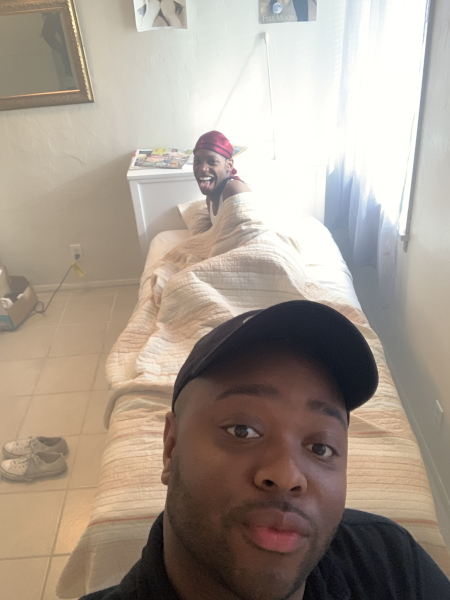
After leaving college to pursue my career full-time, I found that I was more like Baldwin than I thought. The very injustices and racism he endured all those years ago were still plaguing me, and men and women who look like me. But I was also forced to realize that we were very different. Baldwin chose to exist unapologetically in his strength, fight against oppression, and make queer art, while I timorously sat upon a fallacy of an identity. I spent a lot of time trying to convince myself and others that I was something I wasn’t, and I shied away from art that would convey anything otherwise. My constant fight against my calling and my truest form made me sick and led me to much-needed therapy. I told myself that if I was to find happiness in my work, it had to be true, otherwise there was no point. I had to find a way to unapologetically exist in my truth, like James.
When I decided to write, produce, and direct my first film, LiME, based on my experiences exploring my identity, I was reminded of my hours of floating in the world of Baldwin. Writing an autobiographical film forces you to sit in your vulnerability and your trauma. LiME follows Deshawn, who has to choose to keep going after he is the victim of a life-changing assault driven by pure hate. It was hard to make the film, as it was based on myself and my own experiences, but I knew deep down that I owed it to myself to revisit this trauma, face it head-on, and let it go. Like Baldwin, without realizing it I had created something that centered my blackness, and queerness. I also used the film to start a discourse around homophobia in the Black and brown community. I wanted to express that my Blackness and queerness do not exist independently of each other and that each informs the other, often creating a complex realm of oppression. As a filmmaker, I felt joy sitting in on screenings of LiME at the San Francisco Black Film Festival and the DC Black Film Festival, and hearing the audience applaud at the end of the film.
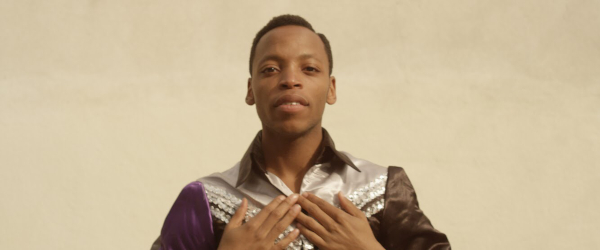
Even though I was met by very supportive crowds it wasn’t until a young woman approached me in Dallas, Texas, after a festival screening and bear-hugged me because she was grateful for having been able to see LiME. I don’t think I understood the importance of telling my own story until then. The young lady explained that she was touched because she saw so much of her best friend in the film’s protagonist. She explained that her friend had died the winter before after struggling with his gender identity and drug addiction. The experience of meeting her was extremely cathartic, but also liberating because I was now creating spaces and stories that centered around those who look and feel and think like me.
While initially my filmmaking dreams were meager, now I feel like I have a much larger responsibility to my community. Not only to tell stories that reflect the world we live in, but also to tell stories that celebrate my mocha skin, my limp wrist, my coarse hair, and my flamboyant, excitable tendencies. I credit Oscar Micheaux as a true inspiration for my filmmaking ambition, but I owe James Baldwin for every life I change through my art. Thank you, James, for inspiring me. Thank you for showing me that people who look like me deserve love, laughter, pain, joy, and the impossible. And thank you, female Luther Vandross, for guiding me toward a light I will be forever grateful for.
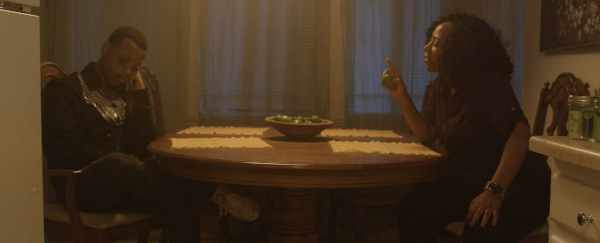
Right now, I’m working on my next film, Dooley Does Murder!, which places me, a Black queer actor and storyteller, center stage in a campy horror flick. As I sit in production meetings with my producing partner, it’s not lost on me that it’s because of Baldwin that I’m able to write films like this and create complex, layered characters who are Black and queer. It was through Baldwin’s work that I was able to face the fear of truly accepting and expressing myself.
LiME was a film that I needed to make, a story I needed to tell, and now I want to continue to create work that demonstrates fluidity and is inclusive of more than just my Blackness or queerness. I want to challenge storytelling norms, just as Michaela Coel, Misha Green and Jordan Peele have. I want to exist in a cannon that allows me to combat binary identity in all its facets. Being true to myself will force-feed truth in my work – Baldwin’s sacrifice spoke to the young me, the me that sat in front of Paramount Studios and dared to dream. Despite turning away from storytelling, doubting myself, and existing fearfully, here I am.
Featured image shows James Baldwin (photographed by Allan Warren) and Dawn Storey (photographed by Alesha Bush).


